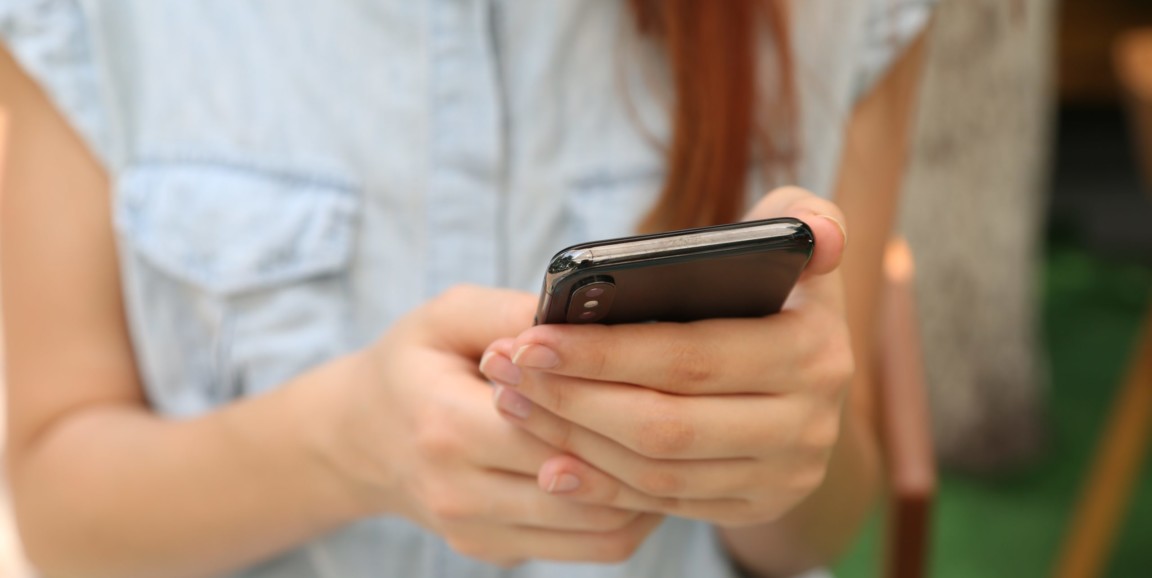
Easier-to-use technology helps young people with type 1 diabetes
Technology for treating type 1 diabetes is becoming easier to use, an especially beneficial change for teens and young adults, according to a recent study published in JAMA.
The clinical trial, conducted at Stanford Medicine and 13 other U.S. institutions, analyzed whether the newest continuous blood glucose monitors are helpful for patients aged 14 to 24. The monitors rely on a wearable sensor that measures blood-sugar levels once every five minutes and sends the readings to a receiver or smartphone.
The study found that teens and young adults using these monitors had better long-term blood sugar control than those who used manual blood-sugar monitoring. That's big news because teens and young adults tend to have the most difficulty with blood-sugar control, said study co-author Priya Prahalad, MD, a pediatric endocrinologist at Stanford Children's Health.
"A big struggle exists for this age group: They want to be just like their friends, to live a normal life and snack and eat like their friends do, and they're self-conscious about being different from their peers," Prahalad said.
Discreet, quick checks via phone
With the new technology, instead of pulling out a glucometer, teens can check their blood sugars discreetly with a quick peek at their phones.
Type 1 diabetes interferes with the body's ability to make insulin, a hormone that helps glucose -- the main sugar in blood -- move into muscle and other tissues for use as an energy source.
People with type 1 diabetes must check their blood sugar levels several times per day, including before eating, then calculate how much insulin to inject. Handheld glucometers require frequent, painful finger pricks to get a drop of blood for testing. Also, because middle-of-the-night checks are needed to catch dangerously low sugar levels, it's difficult for patients and their parents to get a good night's sleep.
The newest continuous glucose monitoring systems rely on a wearable sensor with a thin platinum wire inserted just under the patient's skin, so patients don't have to prick their fingers.
Dozens of blood-sugar measurements a day
The wire stays in place for 10 days, including while patients are bathing or swimming; changing it out is about as painful as an insulin injection, Prahalad said. The system records blood glucose once every five minutes, or 288 times per day. Patients can easily share the data by having it sent to a parent's phone as well as their own.
In the new study, 153 participants were randomly assigned to use either continuous monitoring systems or a handheld glucometer for six months. Most patients were consistent about using the automated technology until the end of the trial. For those who were, glycated hemoglobin levels, an indicator of long-term blood glucose control, were lower.
There are even bigger improvements ahead, Prahalad said.
"We're in a phase of diabetes research where we are developing more automated insulin-delivery systems, with insulin pumps that use continuous glucose monitoring as a key component," she said.
Using continuous monitoring sets teens and young adults up to take advantage of the next wave of "smart" diabetes devices, she said, adding "This is the future of diabetes care."
Photo by Yura Fresh
Popular posts

How viruses like the coronavirus can steal our sense of smell

How remdesivir works, and why it’s not the ultimate coronavirus killer
"type" - Google News
October 09, 2020 at 12:38AM
https://ift.tt/33Hjh1d
Easier-to-use technology helps young people with type 1 diabetes - Scope
"type" - Google News
https://ift.tt/2WhN8Zg
https://ift.tt/2YrjQdq
Bagikan Berita Ini














0 Response to "Easier-to-use technology helps young people with type 1 diabetes - Scope"
Post a Comment